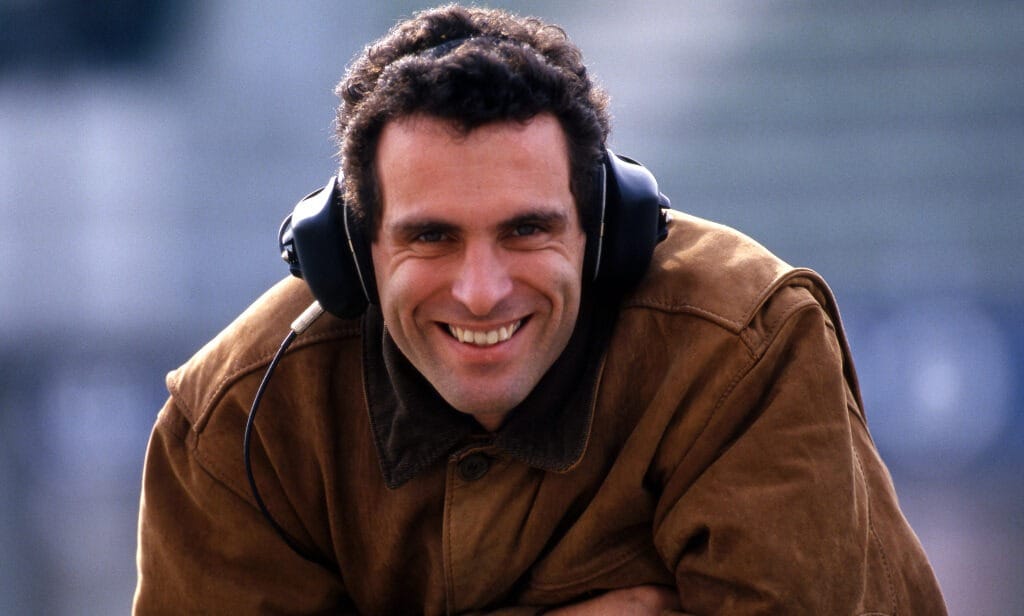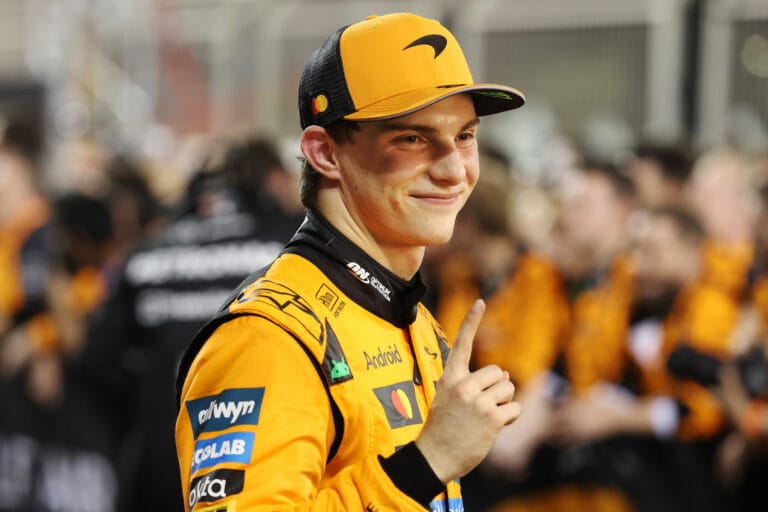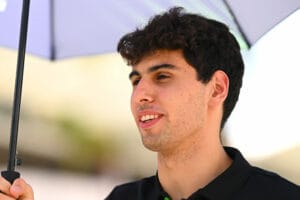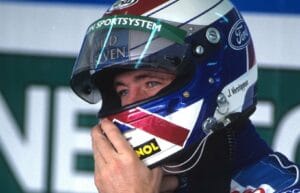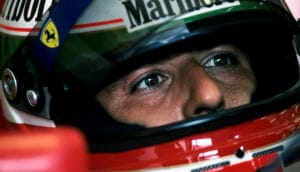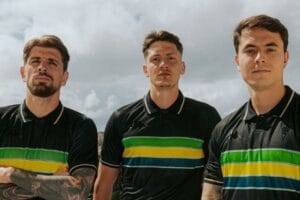Every year, around the anniversary of Ayrton Senna’s death, my thoughts inevitably drift towards Roland Ratzenberger. Particularly, I think of his parents, Rudolf and Margit, whom I visited in their hometown of Salzburg a decade ago. I vividly remember their pain and sorrow, but also the pride they felt every day, years after the fatal crash.
Roland Ratzenberger tragically lost his life on April 30th at the Imola circuit during the Grand Prix qualification. A day later, Ayrton Senna succumbed to injuries from a crash during the race. While Senna’s memory lives on in the minds of millions worldwide, Ratzenberger’s memory is less prominent. He is sometimes cynically referred to as the forgotten Formula 1 casualty.
The Tale of Two Racers
No, Roland Ratzenberger was not a racing prodigy like Ayrton Senna. He was a pay driver who had purchased a seat for five races from Nick Wirth’s new Simtek team for half a million dollars. The Imola Grand Prix was supposed to be his third F1 race.
Ratzenberger and Senna. Two racers, two different magnitudes, but above all, two human lives.
A Lasting Impression
The interview in Salzburg, which I conducted as a reporter for De Telegraaf, left a lasting impression on me. I had the conversation with Rudolf in the living room of their apartment. He clearly enjoyed talking about his son. Margit, on the other hand, felt the opposite. She did not want to be present during the interview. Even after all these years, she found it too confronting.
The Ultimate Nightmare for Every Parent
Roland Ratzenberger had already purchased the apartment overlooking the Alps. He received the keys just eight days before his fatal accident. He never got to live there. Rudolf and Margit decided to move into the apartment themselves, as a lasting memory.
What particularly stayed with me from the interview was the dramatic story of how they watched their son’s accident live on television. The ultimate nightmare for every parent.
That fateful morning, Rudolf and Margit had just returned home from a sun holiday in Mexico. They quickly went to bed to catch up on sleep due to jet lag. Of course, they had set the alarm to watch Roland’s qualification, live on Eurosport. It was 5:18 AM UST when they saw him crash into a wall at a speed of 314.9 kilometers per hour. He was instantly killed, at the age of 34.
‘Maybe It’s Roland’
In one of the silences that fell during the interview, the creaking of an antique wooden cabinet could be heard. “Maybe it’s Roland,” Rudolf said, pointing to the picture frame in the cabinet. He had to laugh at his own comment. He had lost his son, not his sense of humor, he added.
At the end of the conversation, a photo had to be taken, to illustrate the story. Of course, he was willing to cooperate, but on one condition: Roland had to be more prominent than him. Photographer Francois Wieringa came up with a creative solution: Roland’s picture frame in the foreground, father Rudolf in the background. A striking image, I remember.
Rudolf and Margit had turned the basement storage room that came with their apartment into a small museum. Trophies, racing suits, newspaper clippings, everything in the small space was a reminder of Roland Ratzenberger. In this way, the memory of their son remains alive. Beautiful and at the same time intensely sad.


